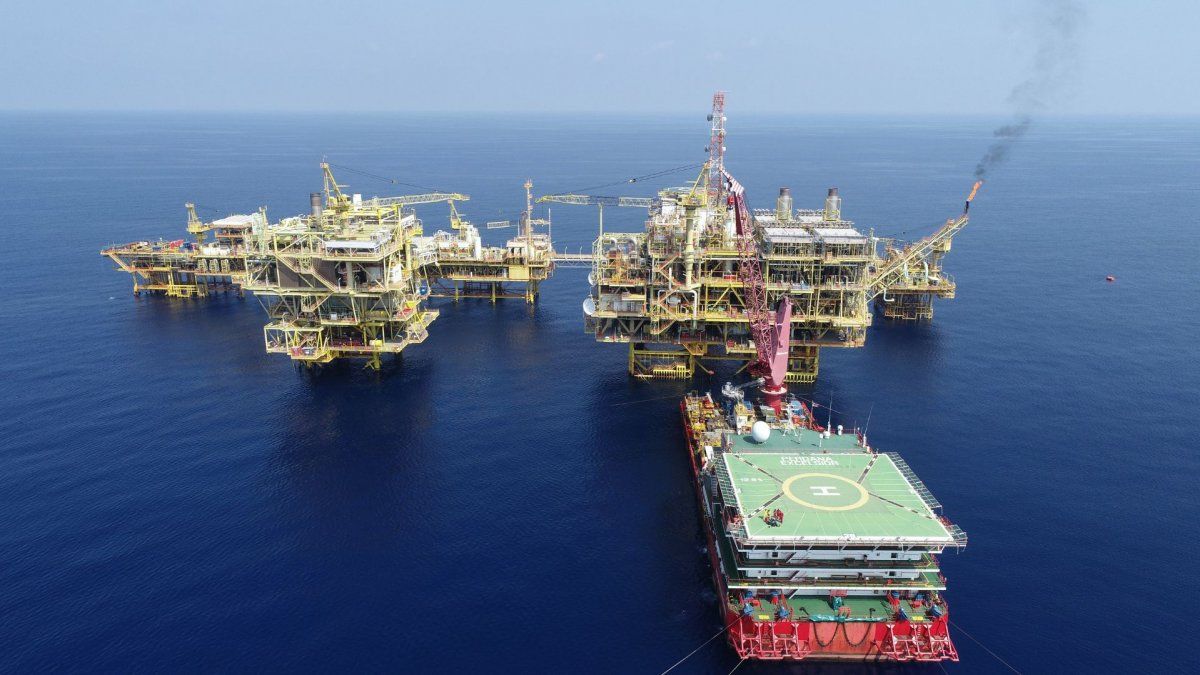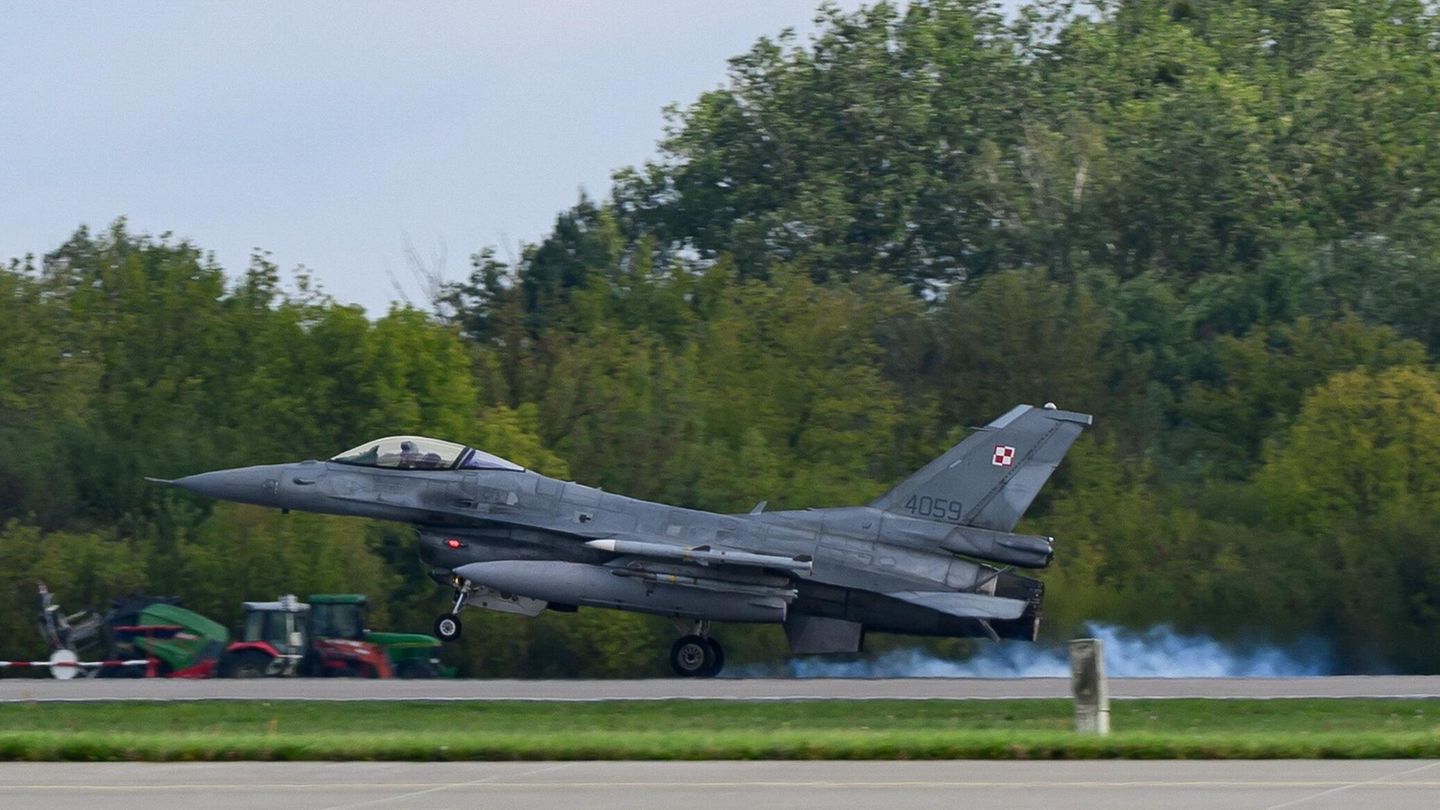The contracts of Brent and WTI rose more than a dollar earlier in the day and went to a weekly profit of about 4%. It would be the first weekly rise since August and would follow nine-month lows hit earlier in the week.
Oil prices were seen underpinned by falling dollar from the 20-year highs they reached earlier in the week. A weaker dollar makes crude cheaper for buyers holding other currencies, improving demand for the commodity.
Analysts also expect purchases surge as Russia annexes four Ukrainian regions on Friday. The United States government has already anticipated that it will strengthen sanctions against the Eurasian giant
The market has received new support on the prospect that the Organization of the Petroleum Exporting Countries (OPEC) and its allies cut production quotas at their meeting on October 5. Expectations center on a cut of between 500,000 and 1 million barrels per day (bpd) to support the market, group sources told Reuters. The production cuts centered on demand fears related to a potential global economic slowdown and rising interest rates have weighed on crude prices.
It is likely that the prices of Brent and WTI end the third quarter with a sharp drop of 23%.
“The producer group has lost control over the market of oil in recent weeks and will want to reassert its influence,” said Stephen Brennock, of the PVM oil brokerage, in dialogue with Reuters, adding that the OPEC+ leadership will want to safeguard a price floor of 90 dollars per barrel. “Oil prices are expected to receive support next week,” he added.
However, this Friday it was also known that OPEC production in September reached its highest level since 2020 and exceeded the promised increase for the month, after Libyan production recovered. It extracted 29.81 million barrels per day (bpd) this monthaccording to the survey, an increase of 210,000 bpd compared to August and the highest figure since April 2020. OPEC had been increasing its production, but the weakening of prices led them to question the quantities they offered to contain the loss in the values.
However, there are still difficulties due to the impact of the Hurricane Ian in the Gulf of Mexico which forced BP and Chevron to close and evacuate offshore platforms.
Source: Ambito
David William is a talented author who has made a name for himself in the world of writing. He is a professional author who writes on a wide range of topics, from general interest to opinion news. David is currently working as a writer at 24 hours worlds where he brings his unique perspective and in-depth research to his articles, making them both informative and engaging.




